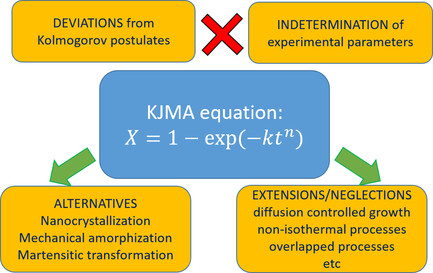Journal list menu
Export Citations
Download PDFs
Table of Contents
pss60 – 3 x 60 Anniversary Articles and More News from physica status solidi
- First Published: 21 July 2021
MemSor: Emergence of the In-Memory Sensing Technology for the Digital Transformation
- First Published: 21 October 2021
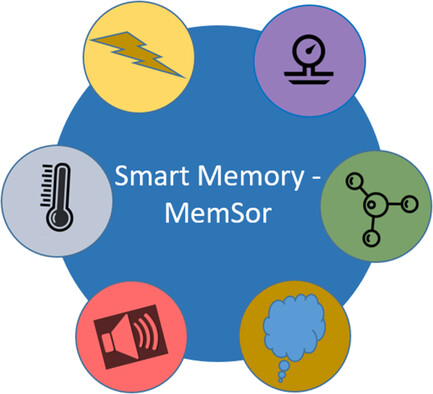
In this perspective, the emerging trend of smart memory devices is discussed, which can sense: MemSors. The demonstrated in-memory optical sensing devices are first briefly reviewed, and next, perspectives on the potential integration of other sensing capabilities are provided. Different scenarios for the implementation of the in-memory sensing technology in future energy-efficient and scaled down electronic systems are also discussed.
In Operando Atomic Force Microscopy Imaging of Electrochemical Interfaces: A Short Perspective
- First Published: 04 September 2021
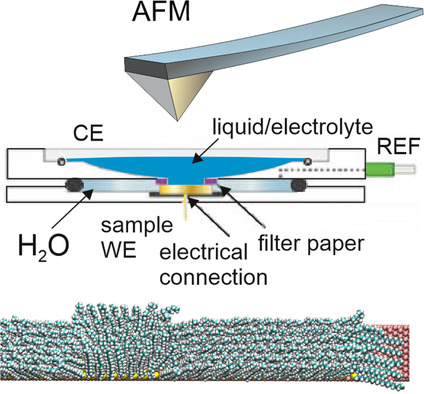
From corrosion to battery interfaces a wide range of electrochemical applications benefit from progress in atomic force microscopy (AFM) and its in operando capability. Two examples of organic corrosion inhibitors and Zn electrodeposition illustrate a short perspective for an even brighter future: the AFM tip still provides plenty of room at the tip.
High–Efficiency Light–Emitting Diodes and Laser Diodes and the Development of “The Alloy Road”
- First Published: 22 June 2021
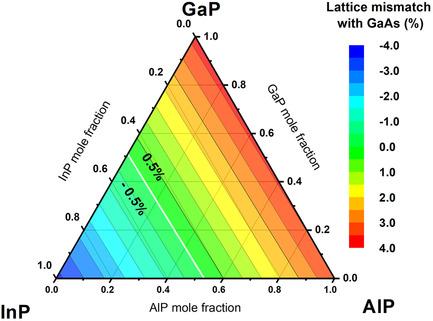
Over the past ≈60 years, the development of III–V compound semiconductors has changed the world for the better, created entirely new industries, and dramatically improved system performance and efficiency. Many of the seminal advances in this field have relied upon the development of “The Alloy Road.” Herein, the authors review some of the pioneering technical contributions to this field.
Isamu Akasaki: The Pioneer of Blue LEDs and his Collaboration with pss
- First Published: 21 July 2021
Reviews
1D Atomic Defect Tunnel Structure of Oxygen-Deficient Tungsten Oxide Epitaxial Films and Its Redox Device Applications
- First Published: 23 August 2022
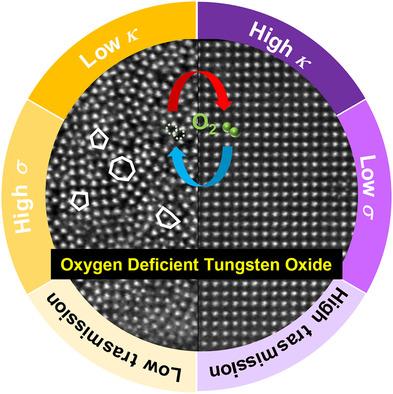
Introducing 1D atomic defect tunnels in tungsten oxide epitaxial films by reduction of oxygen significantly increases the electrical conductivity whereas it reduces the thermal conductivity and optical transmission. This finding could provide tungsten oxide-based advanced functional thin film devices that control optical, electrical, and thermal properties by redox reaction.
Hyperdoped Crystalline Silicon for Infrared Photodetectors by Pulsed Laser Melting: A Review
- First Published: 24 May 2022
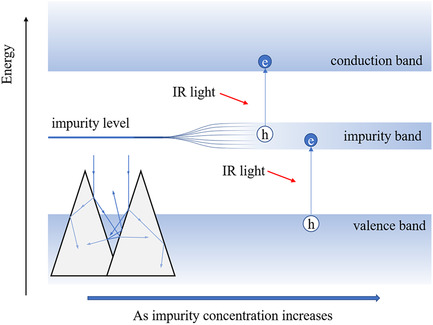
Herein, a review of the fundamentals and research progress of hyperdoped silicon and related infrared photodetectors in the past few decades is given. Earlier research on chalcogen hyperdoping opens up the way to use silicon as infrared photodetectors and later research on transition metals hyperdoping provides new opportunities for further improvements of device properties.
Failure Physics and Reliability of GaN-Based HEMTs for Microwave and Millimeter-Wave Applications: A Review of Consolidated Data and Recent Results
- First Published: 25 March 2022
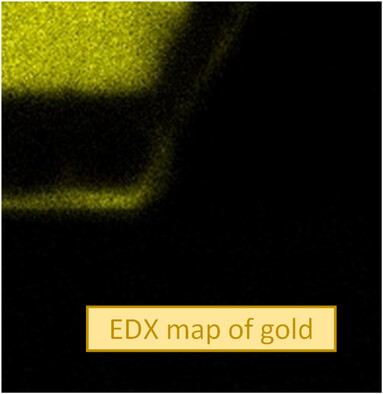
Herein, the reliability of GaN-based high-electron-mobility-transistors are reviewed. Several failure mechanisms are studied, including converse piezoelectric effects, formation of conductive percolation paths at the gate edge, surface oxidation of GaN, time-dependent breakdown of GaN buffer, and of field-plate dielectric. The simultaneous control of short-channel effects, deep-level dispersion, and hot-electron-induced degradation requires a careful optimization of epitaxial material quality and device design.
A Review of Different Models Derived from Classical Kolmogorov, Johnson and Mehl, and Avrami (KJMA) Theory to Recover Physical Meaning in Solid-State Transformations
- First Published: 16 February 2022
Magnetic Interactions in IV–VI Diluted Magnetic Semiconductors
- First Published: 26 February 2022
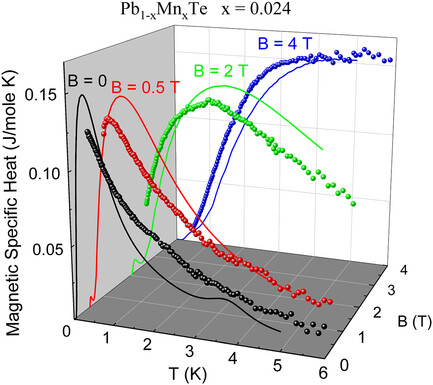
The characteristic feature of diluted magnetic semiconductors (DMS) is the strong mutual influence between the electronic and magnetic subsystems. This influence causes a large variety of interactions among magnetic ions, observed in diluted magnetic compounds such as IV–VI DMS. It leads to new type of magnetic properties and possibilities of applications, especially in spintronics.
Mapping and Imaging of Thin Films on Large Surfaces
- First Published: 12 February 2022
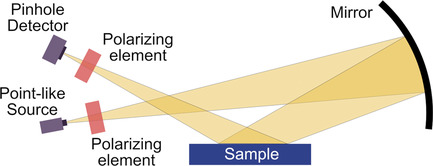
Herein, thin films covering large surfaces are used in a very wide range of applications from displays through corrosion resistance, decoration, water proofing, smart windows, adhesion performance to solar panels, and many more. The aim of this review is to give an overview of recent and past activities in the area, as well as an outlook of future opportunities.
Assessment of Lead-Free Tin Halide Perovskite Solar Cells Using J–V Hysteresis
- First Published: 15 February 2022
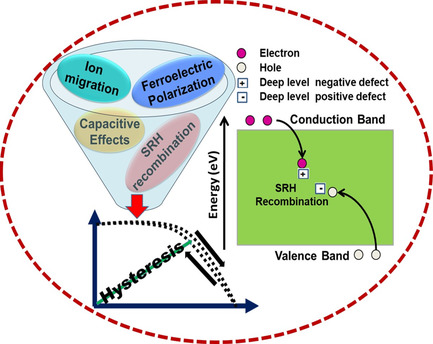
The role of J–V hysteresis in tin halide perovskite solar cells is critical in device stability and performance and it is governed by various factors such as system structure, working concepts, and interfacial carrier dynamics. The hysteresis in perovskite solar cells (PSCs) is closely linked to ion migration, ferroelectric effects, capacitive effects, and trap-assisted recombination processes.
Heusler-Based Cylindrical Micro- and Nanowires
- First Published: 15 February 2022
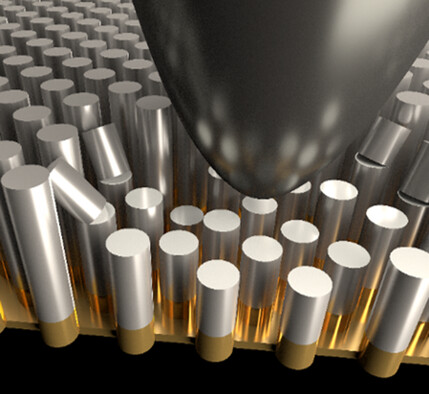
Herein, a review of the present state of the art in the development of Heusler-based cylindrical micro- and nanowires suitable for SMART applications in magnetic cooling, shape memory actuators, spintronics, and others is offered. Simple production methods, unique physical properties arising from the wire shape, and their possible applications are introduced.
Defects and Reliability of GaN-Based LEDs: Review and Perspectives
- First Published: 11 February 2022
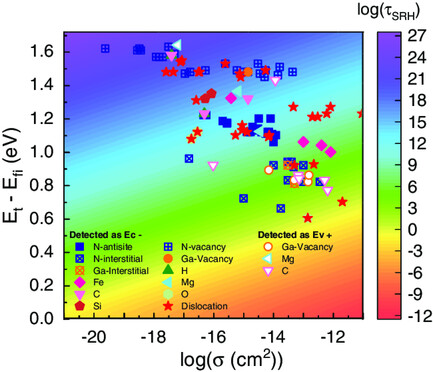
This article provides an overview of the main factors and mechanisms that limit the short- and long-term reliability of modern GaN-based light-emitting diodes. Relevant defects, and related characterization techniques, for III-N materials are analyzed, and their impact on device performance is evaluated.
Monolithic InGaN Multicolor Light-Emitting Devices
- First Published: 31 January 2022
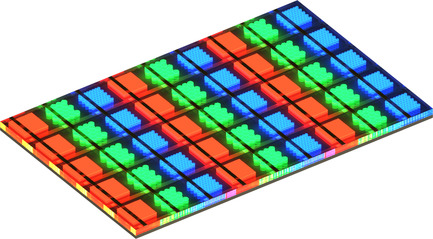
Monolithic full-color microLED display is a feasible and cost-effective solution to overcome the shortcomings of existing “mass transfer” technologies. By realizing multicolor emission from a single wafer, the approach offers a potentially higher yield, scalability, robustness, efficiency, and manufacturability. Herein, an overview of the main monolithic integration approaches including top-down fabrication and bottom-up growth approaches is given.
Single-Photon Emitters in Layered Van der Waals Materials
- First Published: 28 January 2022
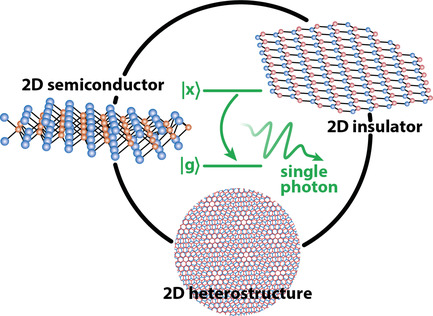
Single-photon emitters (SPEs) have recently been discovered in various atomically thin materials: 2D semiconductors host strain and defect activated emitters; defects in the 2D insulator hBN exhibit bright emission at room temperature; Moiré patterns in 2D heterostructures are a perspective for periodic arrays of emitters. In this review article, an overview of their physical properties, theoretical aspects, and applications is given.
2D Janus Transition Metal Dichalcogenides: Properties and Applications
- First Published: 08 January 2022
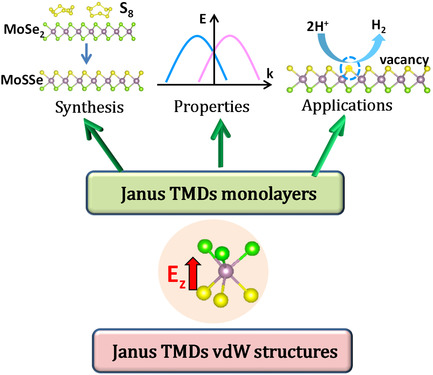
Due to the out-of-plane asymmetry, Janus transition metal dichalcogenides monolayers possess the intrinsic dipole moment, which can induce many novel properties, exhibiting great potentials in gas sensors, spintronics, nanoelectromechanics, (opto-)electronics, and catalysis. Moreover, the built-in electric field can act as an alternative way to tune the interlayer interactions in Janus van der Waals (vdW) structures, opening new possibilities for applications.
Progress of Reliability and Failure Mechanisms for GaN-Based Light-Emitting Diodes
- First Published: 14 December 2021
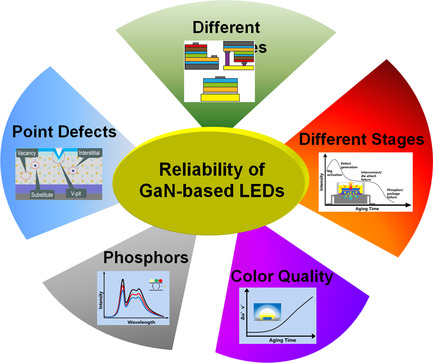
In this review, the recent progress of reliability and failure mechanisms for different GaN-based LEDs has been analyzed. The contents not only cover high-power GaN-based LEDs, mid-power GaN-based LEDs, deep UV GaN-based LEDs and micro-LEDs, but also include the influence of point defects, the correlation between luminous flux and color quality, etc.
Recent Progress in Semitransparent Organic and Perovskite Solar Cells
- First Published: 14 December 2021
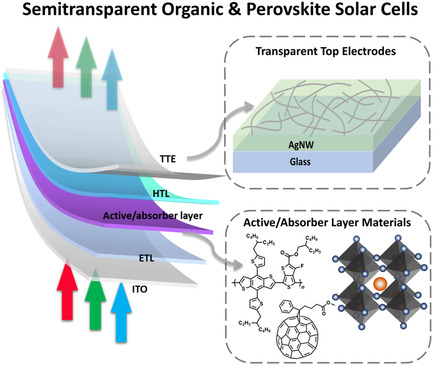
Semitransparent organic and perovskite solar cells are considered with huge potential for building-integrated photovoltaic (BIPVs) applications. Improving the power conversion efficiency and average visible transmittance of semitransparent cells and then making it practically applied as soon as possible in the common buildings are of great significance in solving the energy crisis.





